In our country, cauliflower fell under Catherine Great, in the 18th century. At first it appeared only as a delicacy, and she could not grow in cold Russia. However, the breeder of A. Bolotov was able to remove the sort of cabbage, successfully grown throughout the country.
Cauliflower is rich in vitamins, it contains a, k, s, e, n, group V. Total 50 grams of cabbage provide the daily need of a person with vitamin C. from minerals cauliflower contains calcium, magnesium, manganese, iron, fluorine. It is widely used in dietary and children's nutrition, and calorie content is only 30 kcal in 100 g.
Description Cabbage Cabbage Course Dereza
Color cabbage goat-deresses - a new grade of cauliflower, distinguished by high yield and excellent flavoring characteristics. By the timing of ripening, the variety refers to medium, it makes it possible to get a harvest several times per season, starting the plant in spring in a greenhouse, and collecting the last harvest in the fall, at the first frost.
Cabbage development time depends on landing time. With an early landing in March-April, it matures after 57-70 days, when landed from late April to June - after 51-62 days. The very late landing in June-July will give a crop in 52-68 days.
Cabbage Characteristics Course-Dereza Cabbage: Outlet leaves are directed up, head covered with leaves slightly. The head is rounded, medium-convex, very dense, the crumbness is completely absent. Cabbage head color Koza-Dereza white, average weight 600-800 g, but can reach 2-4 kg. Landing density - 4 seedlings per 1 m². Maturation is friendly.
Growing cauliflower goat-deresses
Soil for seedlings
The soil mixture is preparing in advance, it is recommended to wrap up to landing. The composition of the mixture for the cultivation of cauliflower seedlings is as follows: Cherry land - 35-40%, humid - 30%, peat - 30%, sand - 4-5%. To prevent the black leg, the soil surface after sowing is mounted with crystal sand. Seed seed rate - 2 grams of 0.25 m².
Temperature mode
The indoor temperature is supported at + 20-22 ° C, if the box with seeds cover with a film, shoots will appear faster. After the first sprouts appear on 5-6 days, the temperature is reduced to + 8-10 ° C, at night to + 5 ° C. Upon reduced temperature, the plant all resources direct on the development of the root system, the growth of the above-ground part is suspended, the seedman becomes strong, not pulled out. Then the temperature is raised to + 12-15 ° C.
Lighting and humidity
Cauliflower seedlings require a lot of light, so it needs to be elevated early in the spring. Watering is moderate, it is impossible to allow the mooring, the room or a greenhouse must be regularly ventilated. The recommended air humidity is 70-80%.
Podchar
Peak seedlings in 8-10 days, when diving, the leg is plugged to leaves. To obtain high-quality seedlings produce feeding. All proportions are shown on 10 liters of water:
- First feeding: 25 g nitrates ammonia, 20 g of superphosphate, 15 g of potassium chloride.
- Second feeding: 30 g Selitera, 40 g of superphosphate, 30 g potassium chloride.
Nutritive mixture consumption: 8-10 l / m².
The first feeding is carried out 10-12 days after the dive, the time interval between the feeders is 10-15 days. There are also special finished mixes for cabbage.
Preparation of seedlings for landing
Seedlings are planted when it has 4-5 own leaves. In cauliflower Course-Dereza, the approximate time of maturation occurs 35-40 days after the appearance of germs, early spring seedlings develop a little longer. The overgrown seedlings adversely affects the quality of products, after planning it is sick, and it can later form a small crumb-painted kochan or not bloom at all, and after all, the cauliflower head is the unspoken inflorescences of the plant.
Before disembarking, we have hardening: for 7-10 days you open a greenhouse or make seedlings to the balcony or veranda. Watering seedlings are stopped 5-7 days before disembarking, immediately before landing is abundantly. The tempered seedling of cauliflower can withstand short-term freezes to -3-4 ° C. Seedlings before planting are treated with tobacco dust or ash for prophylaxis from pests, such as cabbage flew and fly.
In film shelter, seedlings are planted from the beginning of April, in the open ground - in May. For growing cabbage, a well-lit place is suitable. If the cauliflower has not been low during growth, then its growing season is delayed, and the yield decreases.
The composition of the soil and fertilizer
Cauliflower has increased tillage requirements, since its bulk of the roots is developing in the upper layer of 25-40 cm and is quite poorly developed. For cauliflower, fertile neutral or weakly acidic soil is necessary. It is not suitable for growing an acidic soil, it is pre-tested in the fall, making the lime or a dolomite flour during the people. At the same time, the soil is enriching organic and mineral fertilizers, 150 g of phosphate and 100 g of potassium chloride per 1 m².
When landing in the well, nitrogen fertilizers are made under each plant, the most effective ammonia nitrate is most effective. Cauliflower has a high need for phosphorus, so it is also made from the day of planting seedlings, the best choice will be superphosphate. Mandatory feeding microelements - magnesium, boron. With their lack of cabbage may not tie the head.
Care cauliflower care nose
Color cabbage demanding in care. She does not tolerate the heat in insufficient watering conditions, does not like cold. Optimal temperature for laying harvest - + 16-18 ° C. With a long-term reduction in the temperature of the cabbage tying small heads.
Very important for cabbage regular watering, especially during the education of inflorescences. It is best to water the cabbage with a sprayed water, overflow is unacceptable, cabbage roots can be installed in excessive humidity.
The soil on the cabbage beds loose, they are stolen from weeds, fertilize. The first loosening is produced in a week after disembarkation, the second - after 2 weeks, during the second loosening, it is filtering with manure or chicken litter, superphosphate. Manure for feeding is prepared as follows: first insisted in water for 3 days, then the infusion is divorced with water 1: 5. Chicken litter after insteading is divorced in the proportion of 1:10. Also, the positive effect gives feeding with nitrogen fertilizers. After the second loosening of the plant, it is plunged, it provokes the formation of additional roots.
To obtain beautiful white heads, the so-called "whitening" is used. Whitening does not affect the growth of the head or on the content of useful substances in it, it can be said is a cosmetic procedure. Color cabbage on bright Sun acquires a greenish-brown tint, grieved a little, loses its commodity look. After whitening the head becomes snow-white, the mustard leaves. For this, the lower outdoor leaves of the plant climb and cover the cauliflower head.
Pests and diseases of cauliflower Koza Dereza
To obtain a quality harvest, regular treatment of plants from culture pests is necessary. At the first signs of the disease, take measures, the disease quickly spreads, and the plants are dying. The best effect gives prevention, as the treatment does not always give the result and often affected seedlings die, or the crop becomes unsuitable. When applying plant protection tools, carefully follow the instructions, illiterate use will lead to a crop loss.
The most common cauliflower pests are: Cappuctable, caterpillars, moth cabping, cabbage flies. Insecticides are used to combat pests, but it is worth considering that the processing is possible only before the start of the tie of the heads. After disembarking seedlings in the soil, planting plants from pests is carried out once every 10 days. A tincture of bitter wormwood or burdock is used from folk drugs to scare insects, garlic, dill, parsley, mint, sage, rosemary, basil.
Cauliflower diseases: black rot, alternariasis, ring spot, false mildew, keel. Diseases are transferred from contaminated seedlings, from weeds, the carrier of some diseases is the TLL. The affected plants are removed and burned. Also, diseases occur with improper care of plants, poor-quality soil, overly close landing. For the prevention of diseases in the soil before sowing, picking, the landing is made by a colloidal sulfur, 5 g per 1 m². Greenhouses regularly ventilate, preventing excessive humidity.
Cabbage Couza Dereza: Photo
Get a crop of cauliflower on its site is quite laborious, and it does not manage to everyone. How to grow this "I will arrive"? Accurate following the main techniques of its agricultural engineering, providing plants by all the necessary substances for the development and tie of the head will make a long-awaited harvest of this valuable and nutritious vegetable culture.

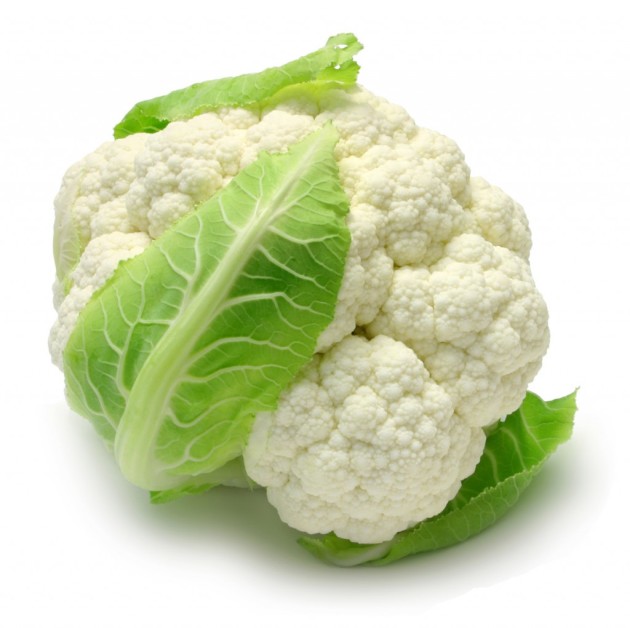
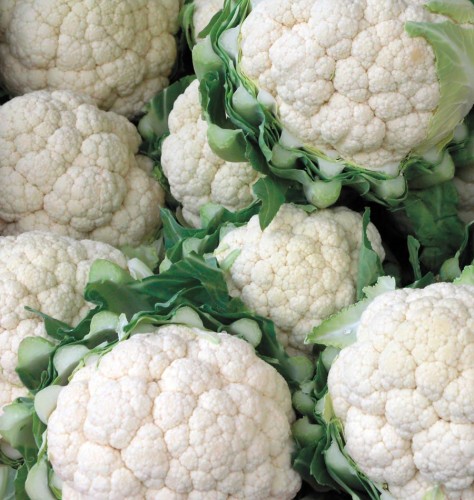
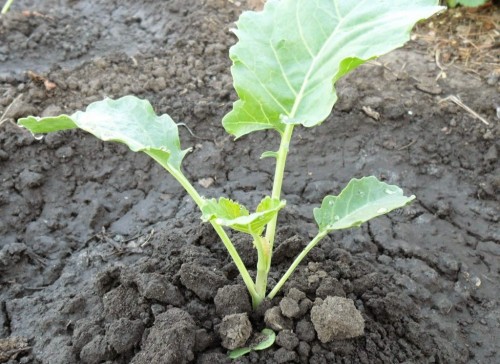
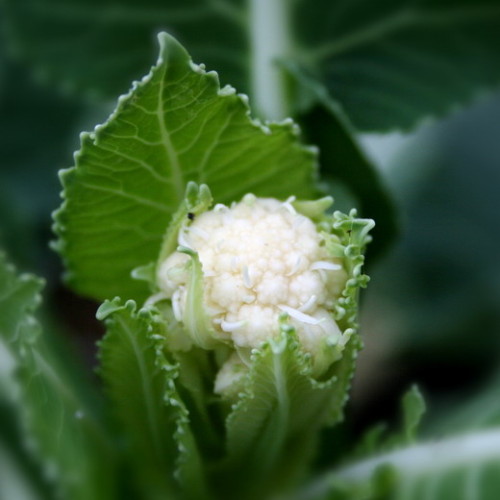
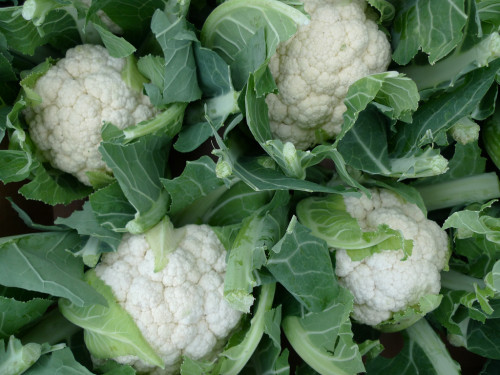
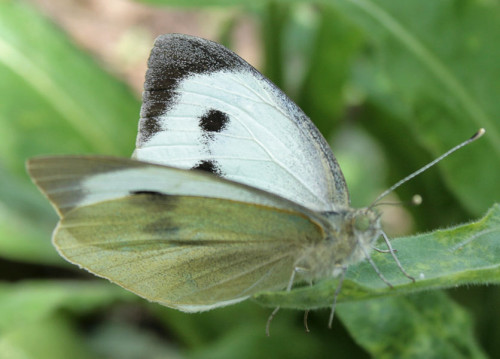
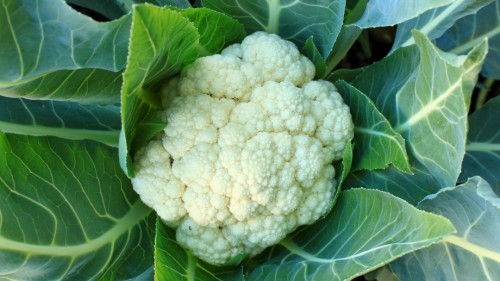
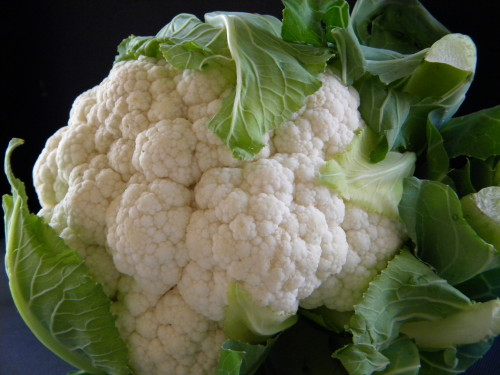
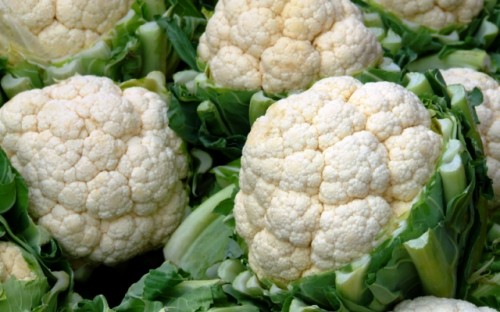












 Start a discussion ...
Start a discussion ...